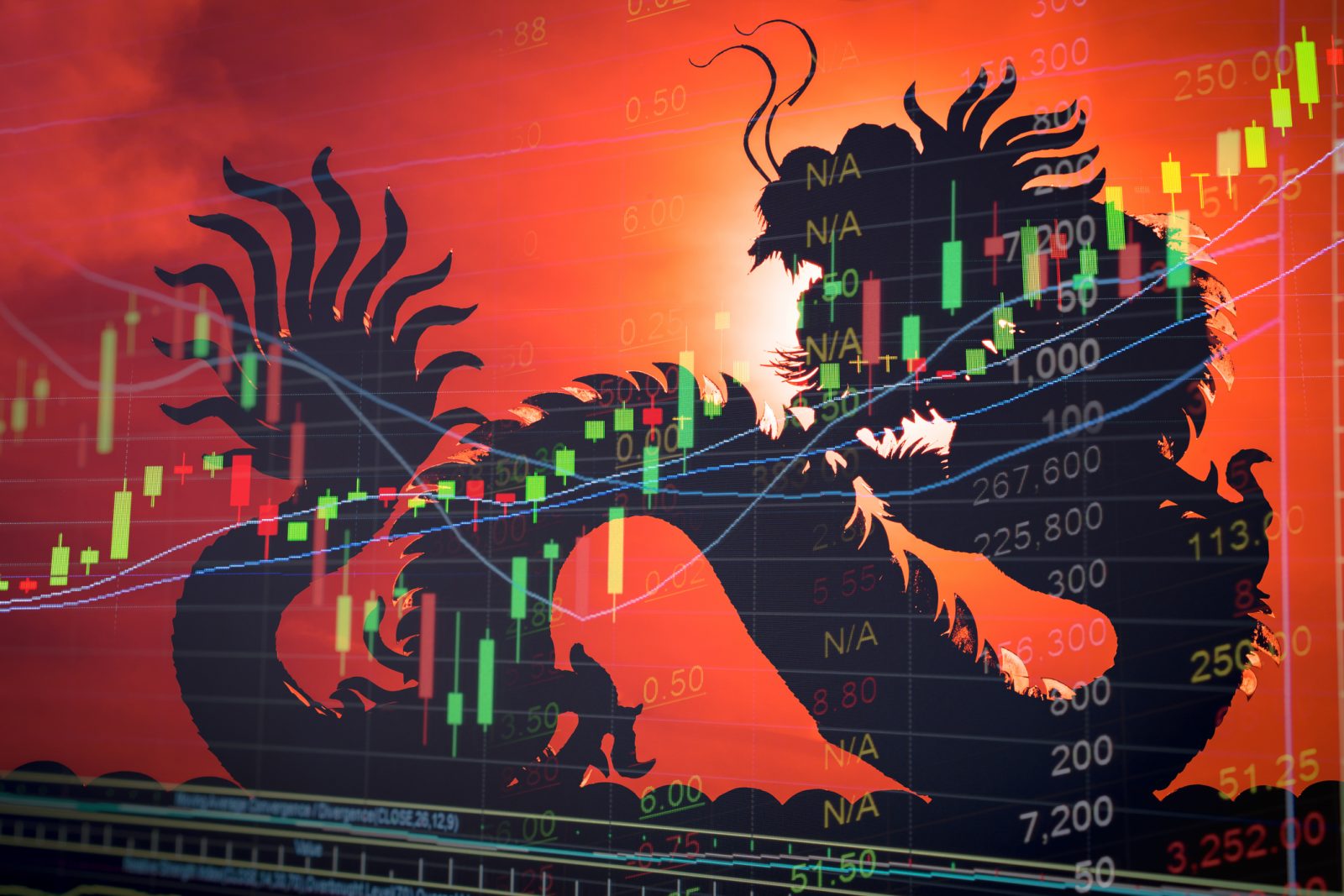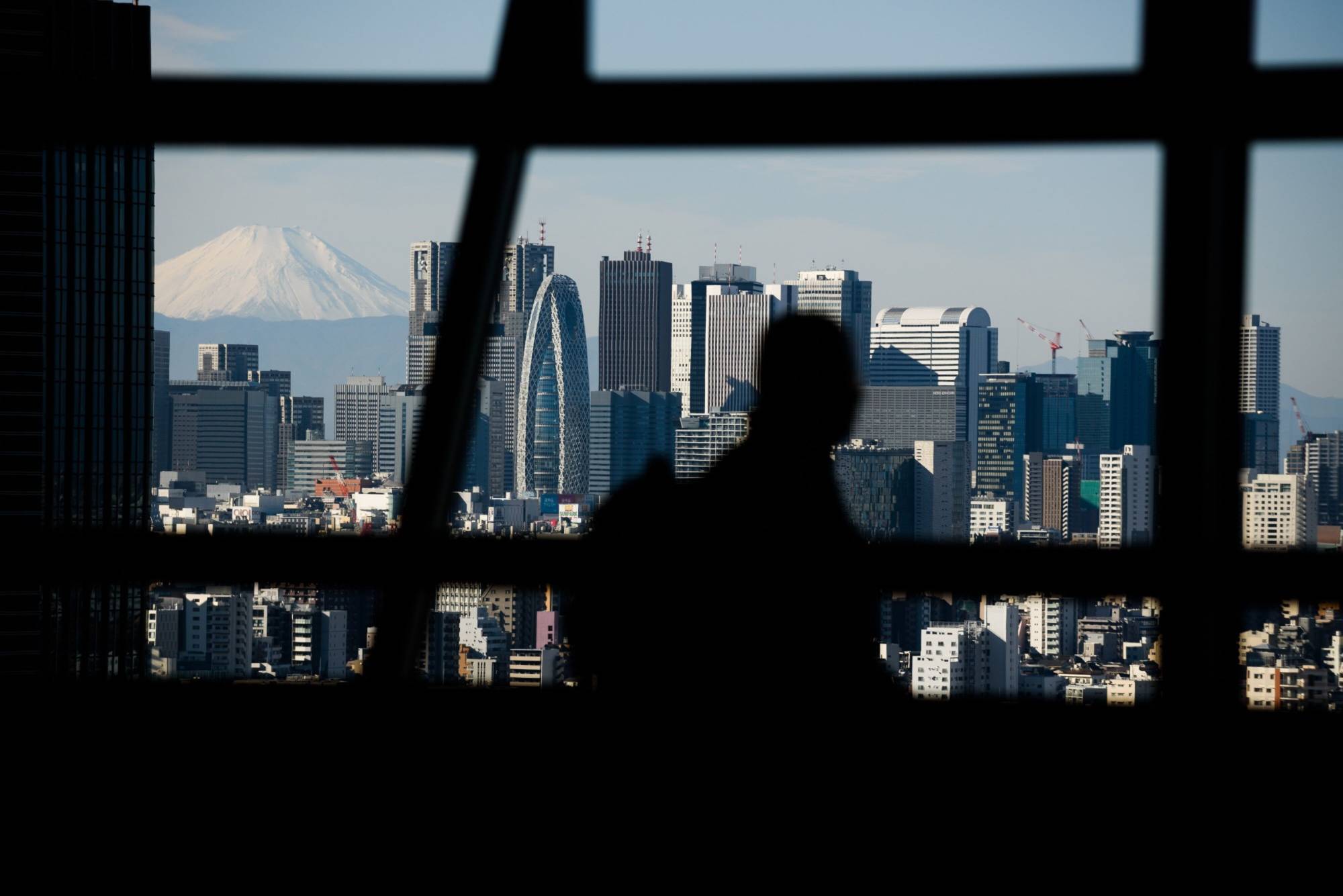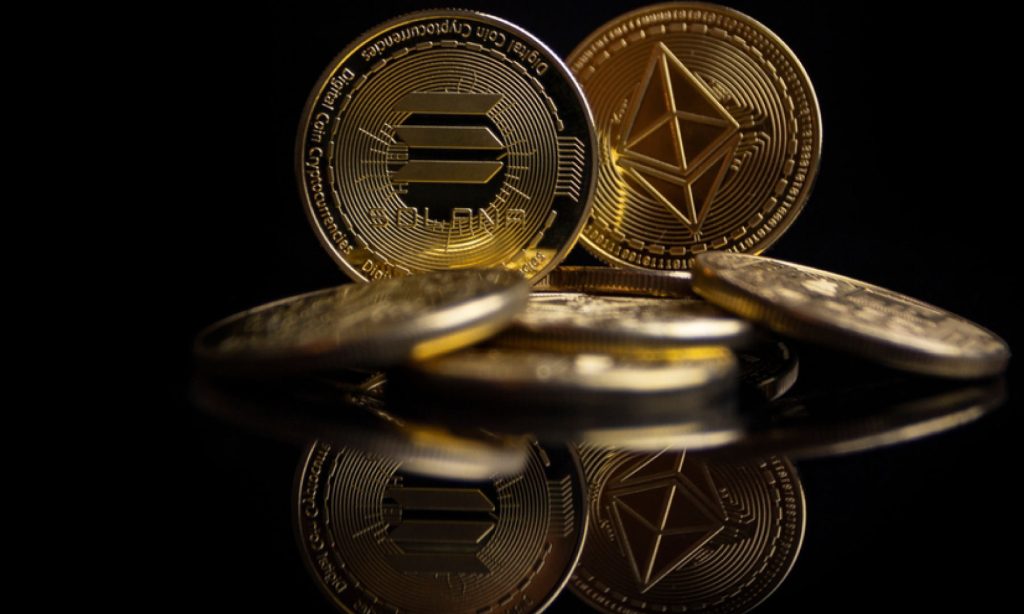Alright, buckle up, folks. Goldman Sachs is throwing down the gauntlet on Turkish monetary policy, and it’s a fascinating – and frankly, precarious – situation. Their latest analysis indicates that unless we see a significant new shock hit the Turkish economy, the central bank is primed to restart its rate-cutting cycle in July.

Now, let’s be clear, this isn’t the dovish outlook many had hoped for. Goldman actually increased its year-end policy rate forecast to a hefty 33%, a substantial jump from the 28.5% they predicted back in March. This isn’t a vote of confidence, it’s a recognition of the incredibly tightrope walk the Turkish central bank is performing.
Let’s dive a little deeper into what’s going on. Turkey has been battling runaway inflation for a long time. Central banks typically combat this by raising interest rates to cool down the economy and curb spending.
However, President Erdoğan has a very different view, believing high rates cause inflation, not alleviate it—a controversial and unorthodox stance to say the least. This has created constant pressure on the central bank.
Recent months saw a hawkish turn, with aggressive rate hikes. But the key question is whether this was a temporary response to acute crises or a sustained policy shift. Goldman’s view is leaning towards the former, assuming no external disruptors.
Here’s the bottom line: the market is walking a tightrope. Any unexpected geopolitical event, a significant energy price spike, or even a deterioration in investor sentiment could quickly derail the expected rate cuts and send Turkish markets spiraling. This is one to watch closely, folks. This situation exemplifies the risks associated with political interference in monetary policy. It highlights the importance of credible central bank independence. Keep a watchful eye on Turkish economic indicators and global events.






